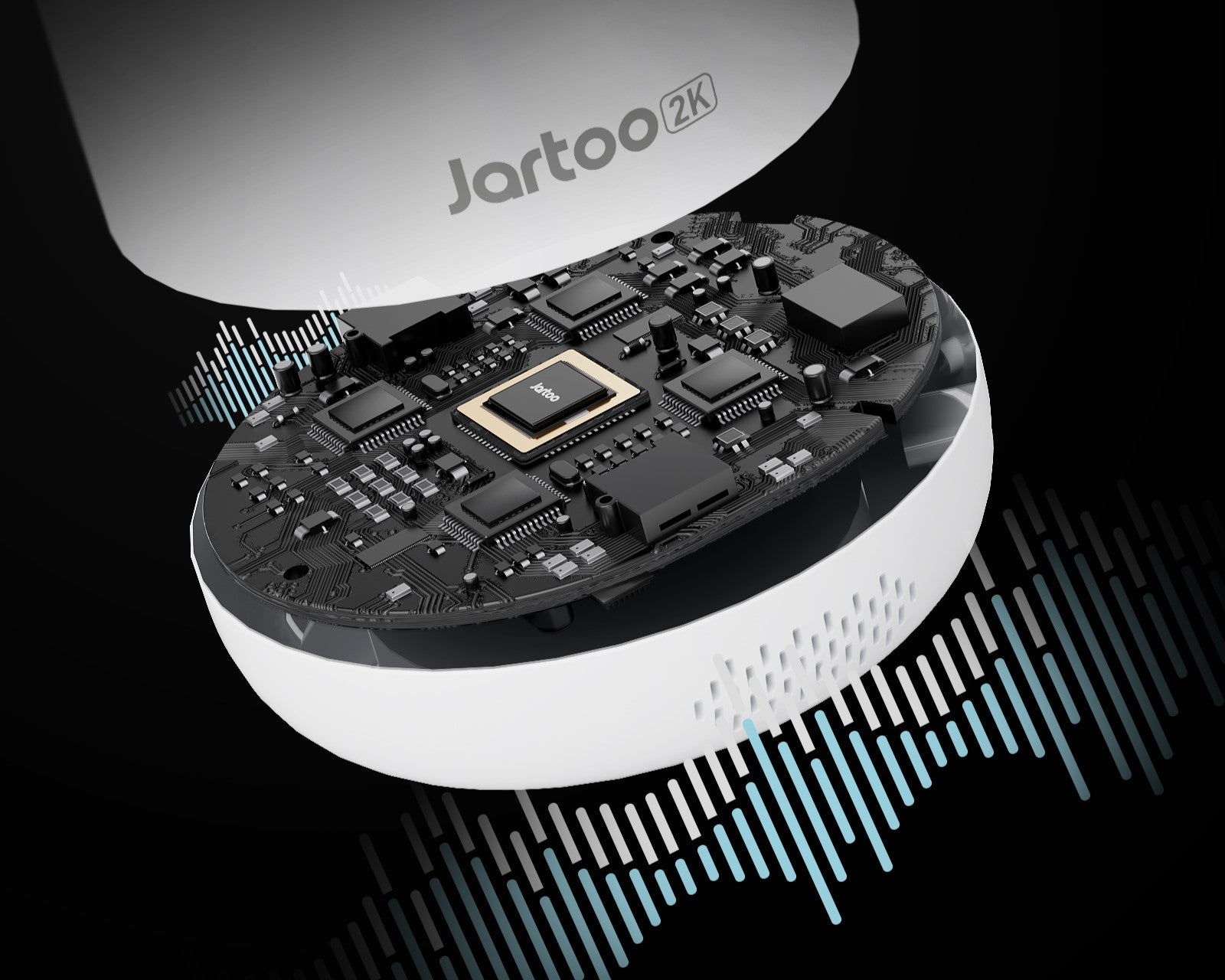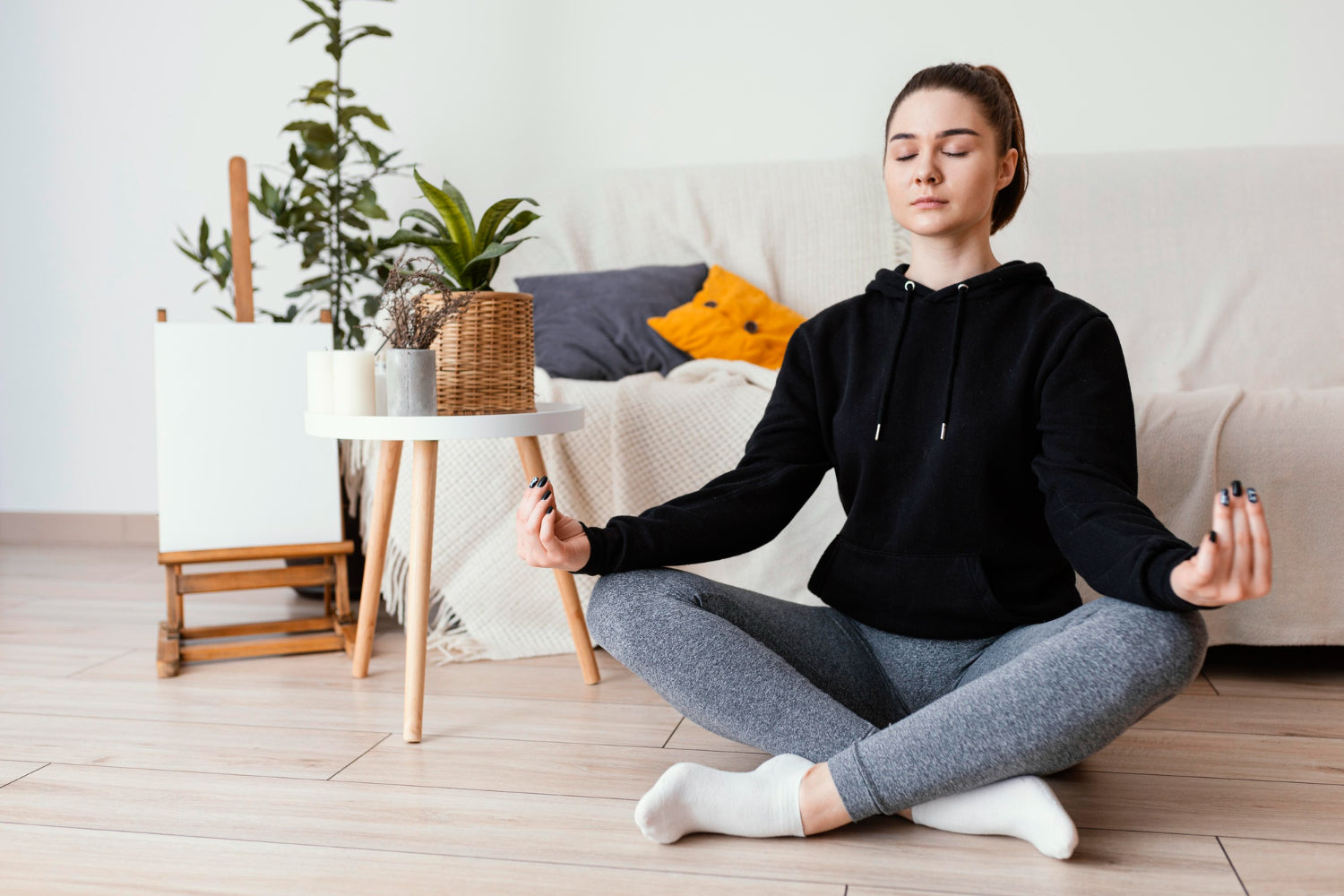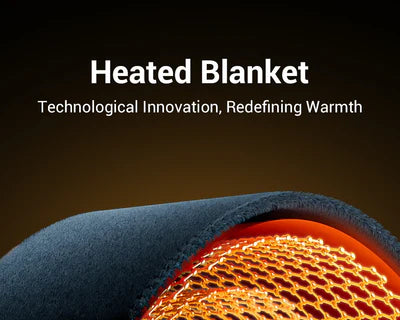The Ultimate Relief: How Heating Pads Can Transform Your Back Pain Management
Understanding Back Pain and Its Causes
How Heating Pads Provide Relief for Back Pain

Different Types of Heating Pads for Back Pain
Choosing the Right Heating Pad for Your Back Pain
Proper Usage of Heating Pads for Maximum Relief
Benefits of Heating Pads for Chronic Back Pain

Complementary Therapies to Enhance the Effects of Heating Pads
FAQs
Q1: How long should I use a heating pad for back pain?
Q2: Can I use a heating pad every day?
Q3: Are there any side effects of using a heating pad?
Q4: Can I use a heating pad if I'm pregnant?
Conclusion: Your Partner in Pain Relief
Trending Articles

Title

Title

Title

Title

Title

Title

Title

Title

Title

Title

Title

Title